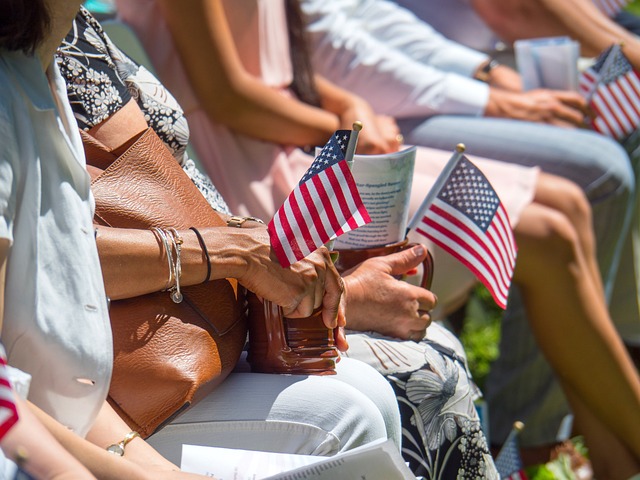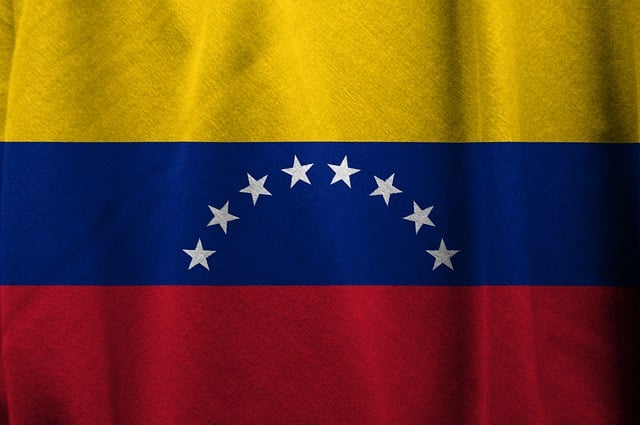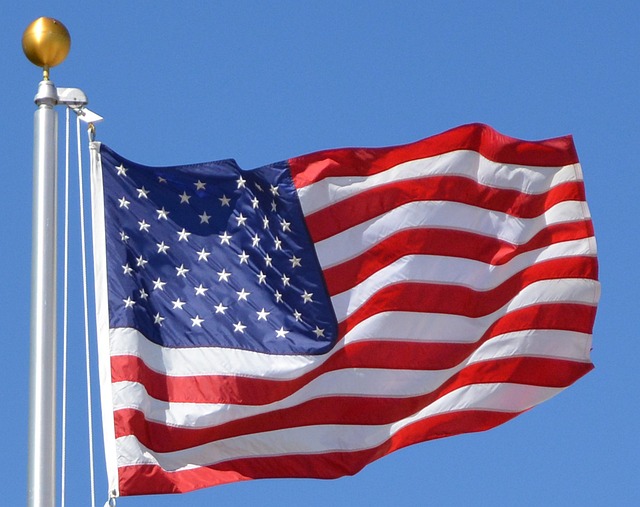The American Flag Peace Sign combines national pride with universal peace, symbolizing America's commitment to freedom, democracy, and unity. Originating from the 1960s counterculture movement, this iconic symbol has evolved from a protest gesture to a global representation of harmony and shared humanity. Today, its prevalence in various media encourages dialogue across diverse ideologies, merging American identity with universal peace ideals for contemporary social activism. Through art and fashion, the sign fosters inclusive national expressions while challenging traditional symbolism, reflecting a desire to embrace both heritage and global peace.
The American Flag and the peace sign, two seemingly contrasting symbols, have surprisingly intertwined histories in the global peace movement. This article delves into the unique blend of national pride and activism, exploring their cultural significance and evolution. From understanding the symbolism of the flag to the rise of the iconic peace sign, we trace their integration within social movements. We then examine historical examples and modern interpretations, showcasing how artists and activists continue to merge these powerful symbols in contemporary art and fashion.
- Understanding American Pride: A Cultural Symbolism of the Flag
- The Evolution of the Peace Sign: From Protest to Pop Culture Icon
- Integrating Symbols: Combining American Pride and Peace Movement
- Historical Examples: When Activists Embraced National Identities
- Modern Manifestations: Exploring Fusion in Contemporary Art and Fashion
Understanding American Pride: A Cultural Symbolism of the Flag

The American Flag, with its vibrant red, white, and blue stripes and fifty stars, is more than just a piece of fabric; it’s a powerful symbol of national identity and pride for Americans. This cultural icon represents the ideals and principles upon which the nation was founded—freedom, democracy, and unity. The flag’s design has evolved over time to include more stars, reflecting the growth of the United States and its diverse population.
As a powerful visual statement, the American Flag Peace Sign combines these symbols of national pride with a universal sign of peace. This blend conveys a message of strength through unity and the desire for harmony both within the nation and globally. It’s a poignant reminder that while America celebrates its identity, it also upholds values of peace and understanding, fostering a culture where diversity is embraced and conflict is resolved through dialogue.
The Evolution of the Peace Sign: From Protest to Pop Culture Icon

The Peace Sign, a symbol that has become an iconic representation of peace and resistance, has evolved significantly since its inception in the 1960s counterculture movement. Originally a simple hand gesture popularized by British nuclear disarmament activists, it quickly spread to the United States, where it became a rallying cry for the anti-war and civil rights movements. The fusion of American pride and the peace movement led to the integration of this symbol into various forms of art, fashion, and popular culture.
Over time, the Peace Sign transcended its protest roots and emerged as a universal symbol recognized worldwide. It has been adapted and reinterpreted across generations, appearing in music, film, literature, and everyday objects, including merchandise featuring the American Flag Peace Sign. This fusion of symbols speaks to the enduring desire for harmony and unity, even amidst differing ideologies, making it a lasting testament to the power of peaceful protest and expression.
Integrating Symbols: Combining American Pride and Peace Movement

The integration of American pride and the peace movement creates a powerful visual narrative through the symbolic fusion of the American Flag and the iconic Peace Sign. This blending serves as a unique and compelling statement, especially in contemporary times where social activism is prominent. The red, white, and blue hues of the flag represent freedom, bravery, and unity, while the universal symbol of peace conveys harmony, tolerance, and non-violence.
By intertwining these two iconic representations, individuals express their love for country while also advocating for global peace. It’s a subtle yet striking way to combine patriotism with a movement focused on conflict resolution and understanding. This fusion encourages a dialogue about the values that unite Americans and the global community, fostering a sense of shared humanity above national boundaries.
Historical Examples: When Activists Embraced National Identities

In various historical moments, activists have cleverly blended American pride and peace movements, using symbols like the American Flag and peace sign to amplify their messages. During the 1960s counterculture movement, for instance, protesters often displayed both the flag and the iconic peace symbol side by side, challenging traditional notions of patriotism while advocating for non-violence. This unique blend served as a powerful statement against war and for social justice.
Similarly, in recent times, movements like Black Lives Matter have incorporated the American Flag with modified versions, adding black stripes or centering the flag within peace signs. This strategy not only expresses pride in one’s nation but also highlights systemic issues and calls for change, merging American identity with a global peace message.
Modern Manifestations: Exploring Fusion in Contemporary Art and Fashion

In contemporary art and fashion, we see a fascinating blend of American pride and peace movements, where symbols like the American Flag and Peace Sign coexist, creating powerful modern manifestations. This fusion reflects a shift towards a more inclusive and thoughtful expression of national identity, moving beyond traditional patriotic imagery. Artists and designers are incorporating these iconic signs in unique ways, challenging conventional representations of both America and peace.
The American Flag, often a symbol of pride and unity, is deconstructed and reimagined as a canvas for artistic expression, while the Peace Sign, a universal symbol of harmony, gains new dimensions by being intertwined with patriotic themes. This fusion captures the essence of a generation that seeks to embrace both its nation’s heritage and its commitment to global peace, creating a dynamic interplay between past and present ideals.
